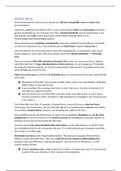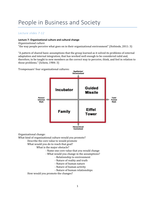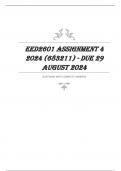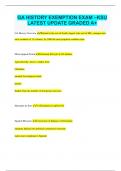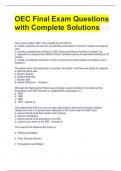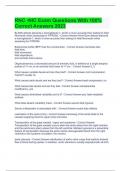Samenvatting
Summary Advanced Medical Microbiology - Test 2 (Virus part)
This is a small summary for the course Advanced Medical Microbiology from the master Biomedical Sciences at the UvA. It includes all the information you need for the first test of this course including lectures from van Marit van Gils, Neeltje Kootstra, Tonja van der Kuyl, Colin Russel and Hans Zaa...
[Meer zien]
